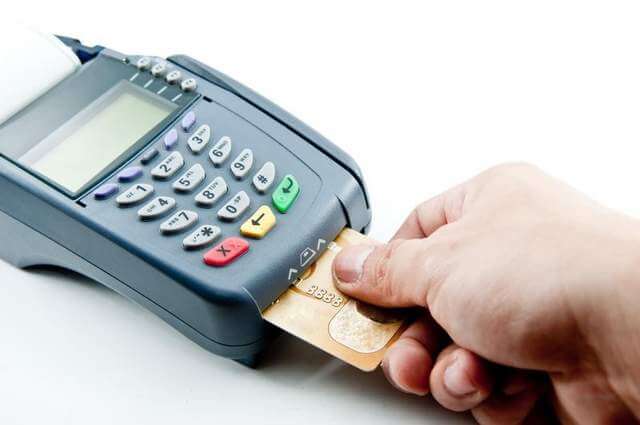Chip-based credit cards
By now, most of us have received one of the new chip-based credit cards (or debit cards) from our bank or credit card issuer. At least we should have, given that today is the deadline for consumers and merchants to have switched over to the new cards. Because these cards have a microchip implanted on the front, they contain significantly enhanced fraud protections.
And not a moment too soon. While the U.S. accounts for about 25 percent of the world’s credit card transactions, it accounts for a disproportionate 50 percent of all fraudulent transactions, which is why these new chip-based credit cards (also called EMV cards, short for Europay, MasterCard and Visa), are being rolled out to consumers. Many merchants (but certainly not all) have upgraded their card readers to the new chip-enabled terminals that read and accept chip-based cards.
On the way out is the familiar “swipe and sign” process at the point-of-sale card reader. Now, if you try to swipe one of the new chip-based credit cards in one of the new terminals, you’ll be prompted instead to insert the end of the card with the chip into a slot at the bottom of the reader. Then you’ll wait a few seconds while the reader “interacts” with the chip on your card.
Because the chip is actually a small microprocessor, the card reader activates it,encrypts the transaction information and generates a secure code to authorize the purchase. All this happens without the card reader being connected via a telecom line or a wireless connection. That keeps your card’s information off merchants’ servers and off their wireless networks, thus preventing the data-skimming technique fraudsters have commonly used to steal customer data from major retailers such as Target (TGT), Walmart (WMT) and Home Depot (HD).
Chip-based credit cards can use either a PIN or a signature for authentication. So-called chip-and-PIN cards require you to enter a PIN to complete the transaction. Debit cards use this process in the U.S. as do most credit cards issued outside the U.S. If one of these cards is lost or stolen, it’s impossible to use without the correct PIN.
However, most of the new chip-based credit cards (EMV) issued in the U.S. are chip-and-signature cards, which still require your signature — not a PIN — to complete the charge. In this case, if your card is lost or stolen, you need to report it immediately, so it can be frozen.Also, if you use your chip-and-signature card when traveling outside the U.S., some unattended terminals (such as at gas pumps) require a PIN. So, before you travel abroad you should contact your card issuer to establish a PIN for your card.
It’s important to note that neither type of chip card offers much protection against fraudulent purchases submitted online or over the phone. These transactions require only the information printed on the front of the card and the three-digit CSV code printed on the back. Because credit cards offer the best protection against fraud and or when you dispute a charge, using a credit card, and not a debit card, for online purchases is the much safer bet.
Article Provided By: CBS NEWS
![]()
If you would like liquidvideotechnologies.com to discuss developing your Home Security System, Networking, Access Control, Fire, IT consultant or PCI Compliance, please do not hesitate to call us at 864-859-9848 or you can email us at deveren@liquidvideotechnologies.com


Recent Comments